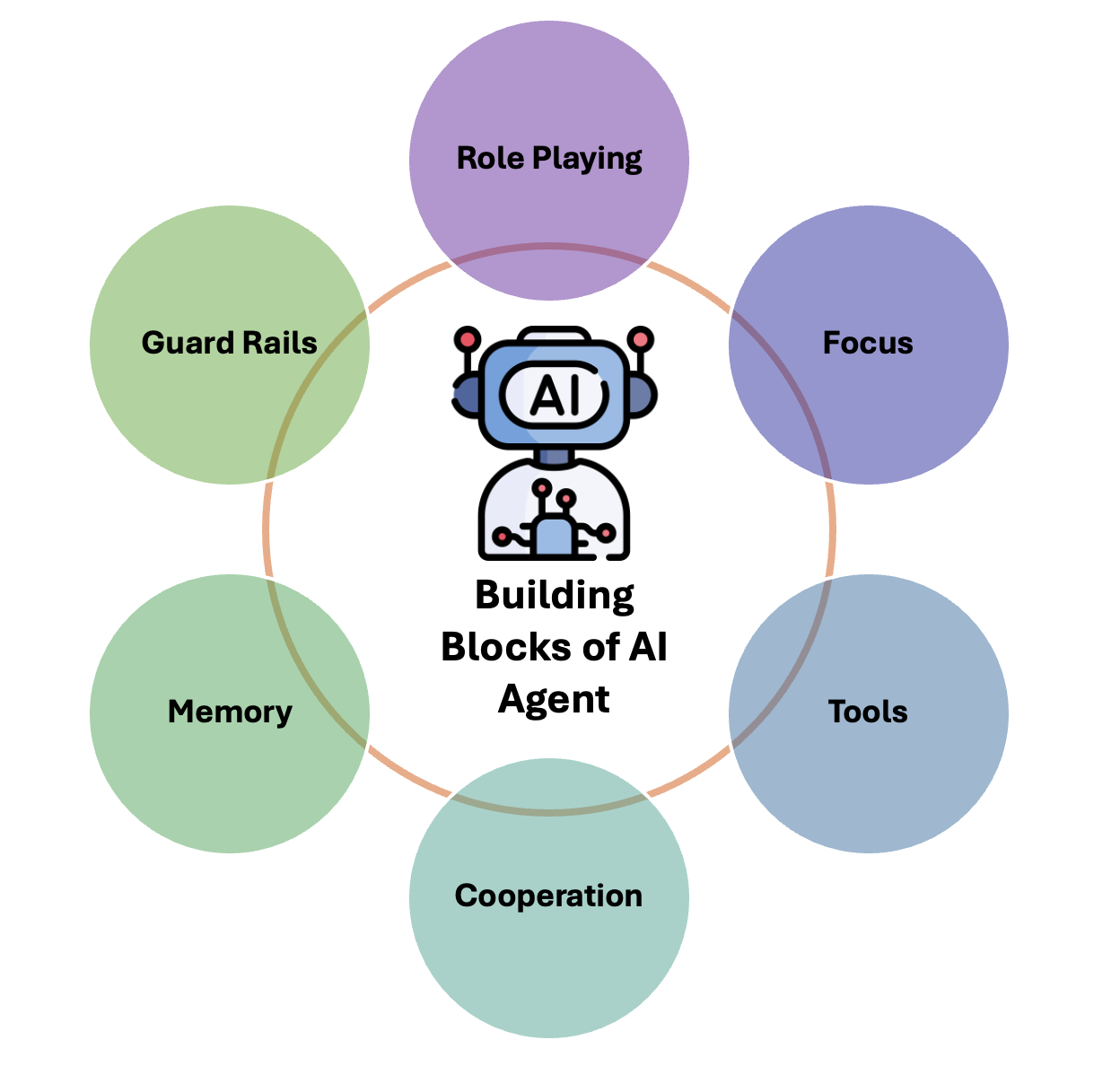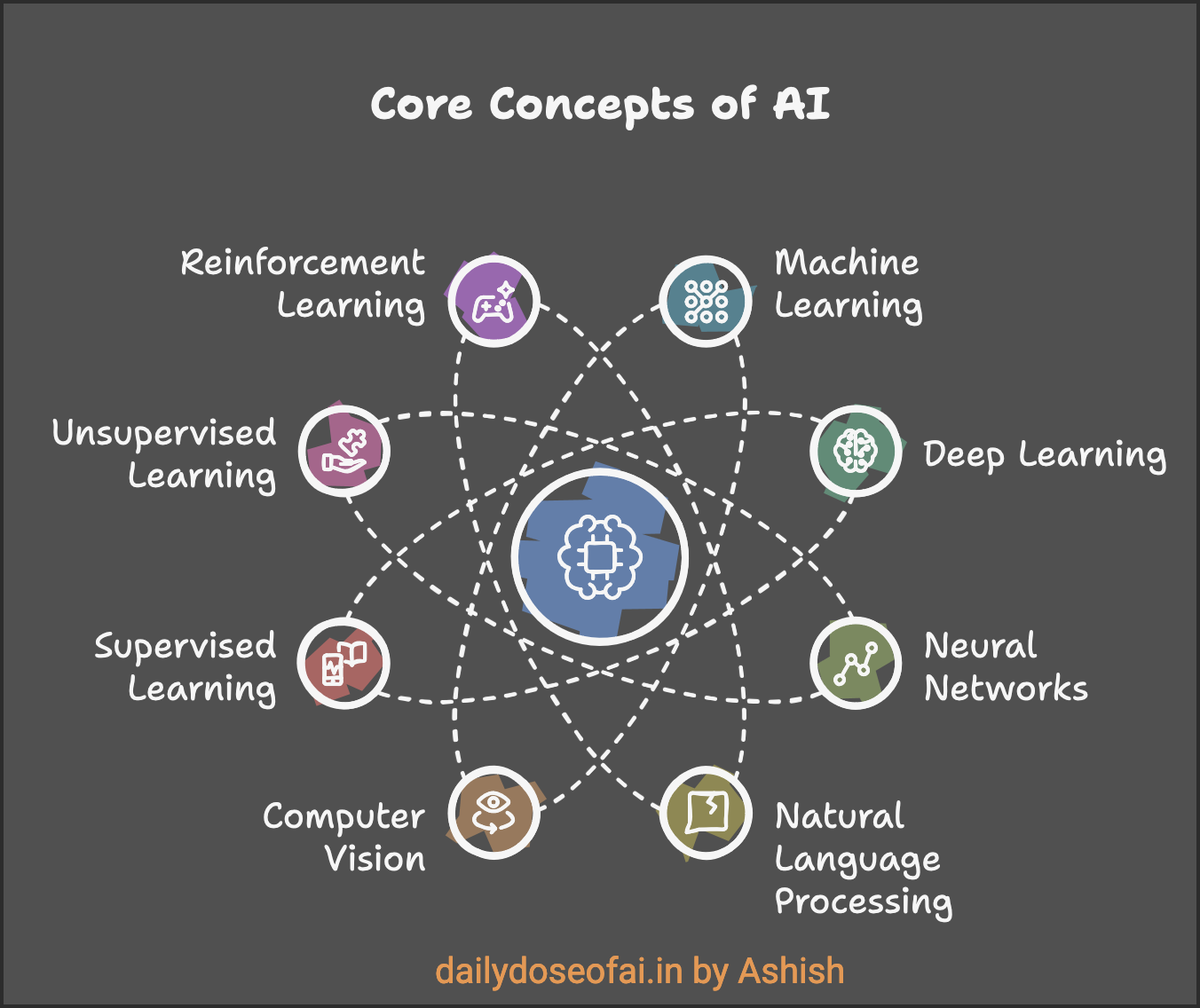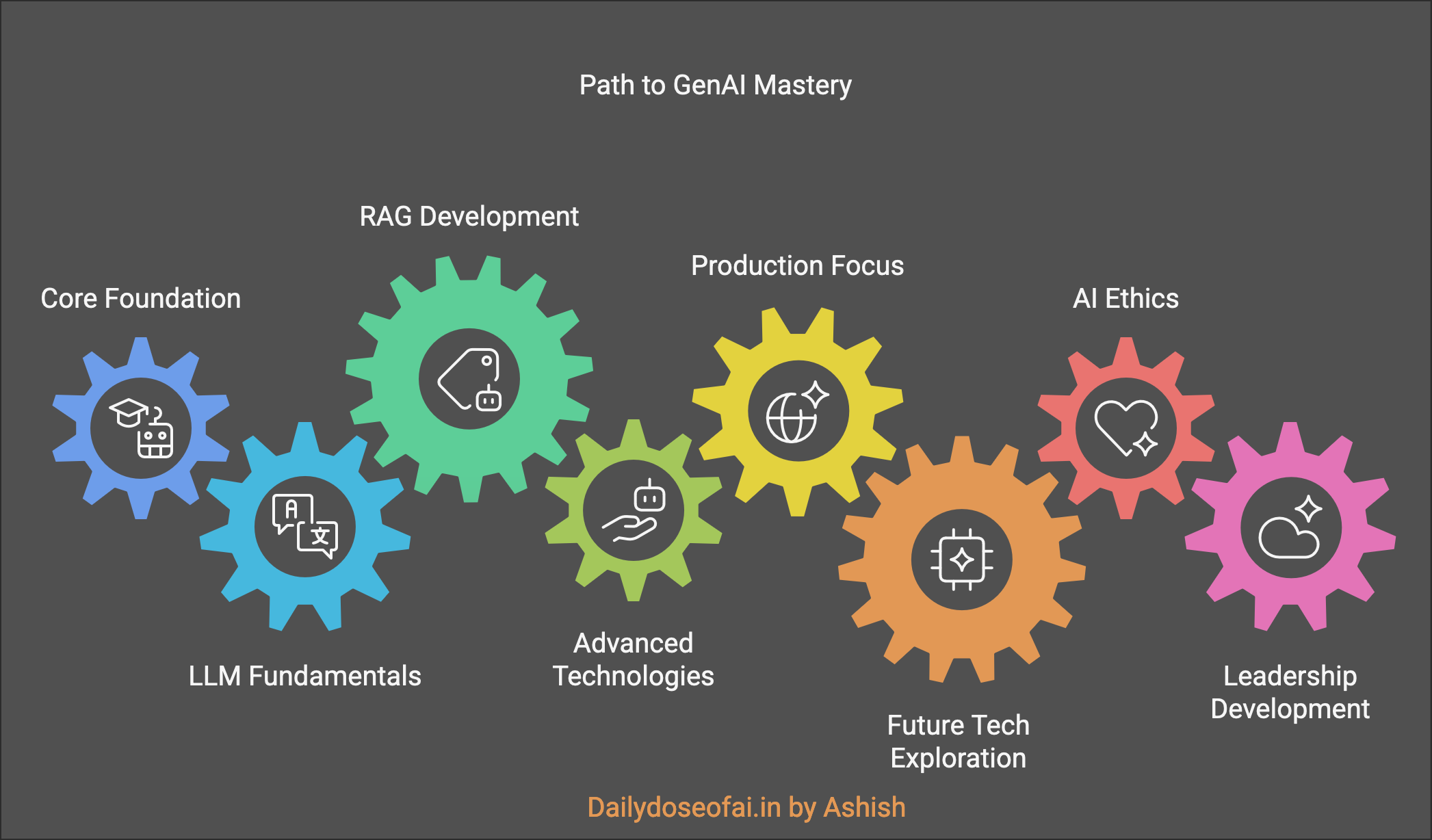Trying to capture top 10 basic terms of AI, Artificial Intelligence (AI) is a rapidly evolving field that encompasses a variety of concepts and terminologies. Understanding these basic terms is essential for anyone looking to delve into the world of AI. This document outlines the top 10 fundamental terms associated with AI, providing a clear and concise explanation of each.
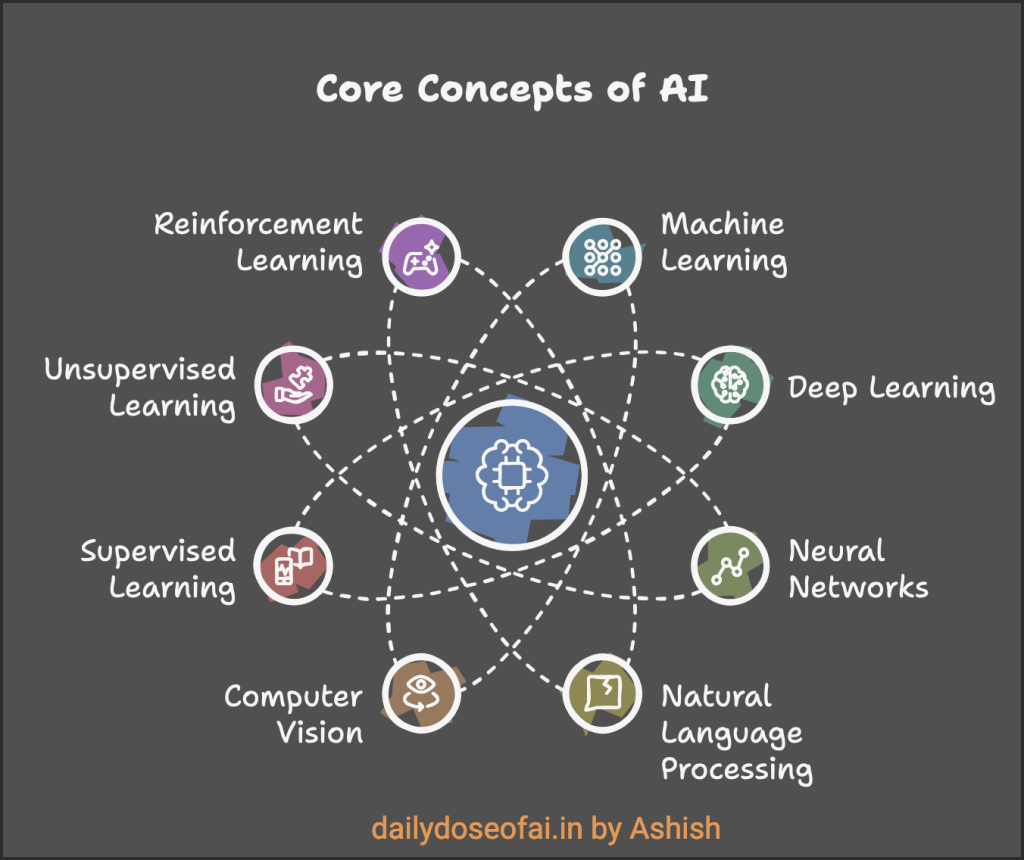
Software is eating the world, but AI is going to eat software.
Below are top 10 basic terms of ai.
Contents
- 1 1. Artificial Intelligence (AI)
- 2 2. Machine Learning (ML)
- 3 3. Deep Learning
- 4 4. Neural Networks
- 5 1. Artificial Intelligence (AI)
- 6 2. Machine Learning (ML)
- 7 3. Deep Learning
- 8 4. Neural Networks
- 9 5. Natural Language Processing (NLP)
- 10 6. Computer Vision
- 11 7. Supervised Learning
- 12 8. Unsupervised Learning
- 13 9. Reinforcement Learning
- 14 10. Algorithm
1. Artificial Intelligence (AI)
Artificial Intelligence refers to the simulation of human intelligence in machines that are programmed to think and learn like humans. AI systems can perform tasks such as problem-solving, understanding language, and recognizing patterns.
2. Machine Learning (ML)
Machine Learning is a subset of AI that focuses on the development of algorithms that allow computers to learn from and make predictions based on data. ML enables systems to improve their performance over time without being explicitly programmed.
3. Deep Learning
Deep Learning is a specialized area of Machine Learning that utilizes neural networks with many layers (hence “deep”) to analyze various forms of data. It is particularly effective in tasks such as image and speech recognition.
4. Neural Networks
Neural Networks are computational models inspired by the human brain’s structure. They consist of interconnected nodes (neurons) that process data and are used in various AI applications, including deep learning.
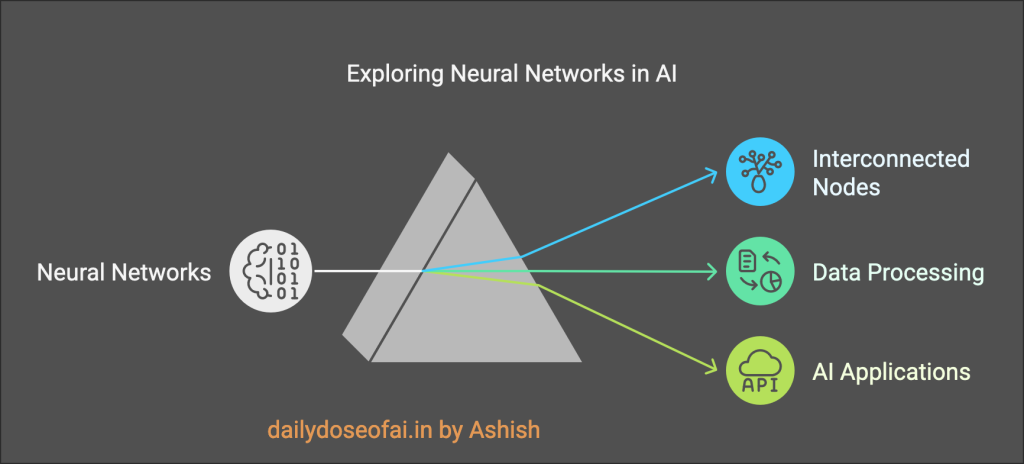
1. Artificial Intelligence (AI)
Artificial Intelligence refers to the simulation of human intelligence in machines that are programmed to think and learn like humans. AI systems can perform tasks such as problem-solving, understanding language, and recognizing patterns.
2. Machine Learning (ML)
Machine Learning is a subset of AI that focuses on the development of algorithms that allow computers to learn from and make predictions based on data. ML enables systems to improve their performance over time without being explicitly programmed.
3. Deep Learning
Deep Learning is a specialized area of Machine Learning that utilizes neural networks with many layers (hence “deep”) to analyze various forms of data. It is particularly effective in tasks such as image and speech recognition.
4. Neural Networks
Neural Networks are computational models inspired by the human brain’s structure. They consist of interconnected nodes (neurons) that process data and are used in various AI applications, including deep learning.
5. Natural Language Processing (NLP)
Natural Language Processing is a branch of AI that focuses on the interaction between computers and humans through natural language. NLP enables machines to understand, interpret, and respond to human language in a meaningful way.
6. Computer Vision
Computer Vision is an AI field that enables machines to interpret and make decisions based on visual data from the world. This includes tasks such as image recognition, object detection, and video analysis.
7. Supervised Learning
Supervised Learning is a type of Machine Learning where the model is trained on a labeled dataset, meaning that the input data is paired with the correct output. The model learns to make predictions based on this training data.
8. Unsupervised Learning
Unsupervised Learning is another type of Machine Learning where the model is trained on data without labeled responses. The system tries to identify patterns and relationships within the data on its own.
9. Reinforcement Learning
Reinforcement Learning is a type of Machine Learning where an agent learns to make decisions by taking actions in an environment to maximize cumulative rewards. It is often used in robotics and game playing.
10. Algorithm
An Algorithm is a set of rules or instructions given to an AI system to help it learn on its own. Algorithms are the backbone of AI, enabling machines to process data and make decisions based on that data.
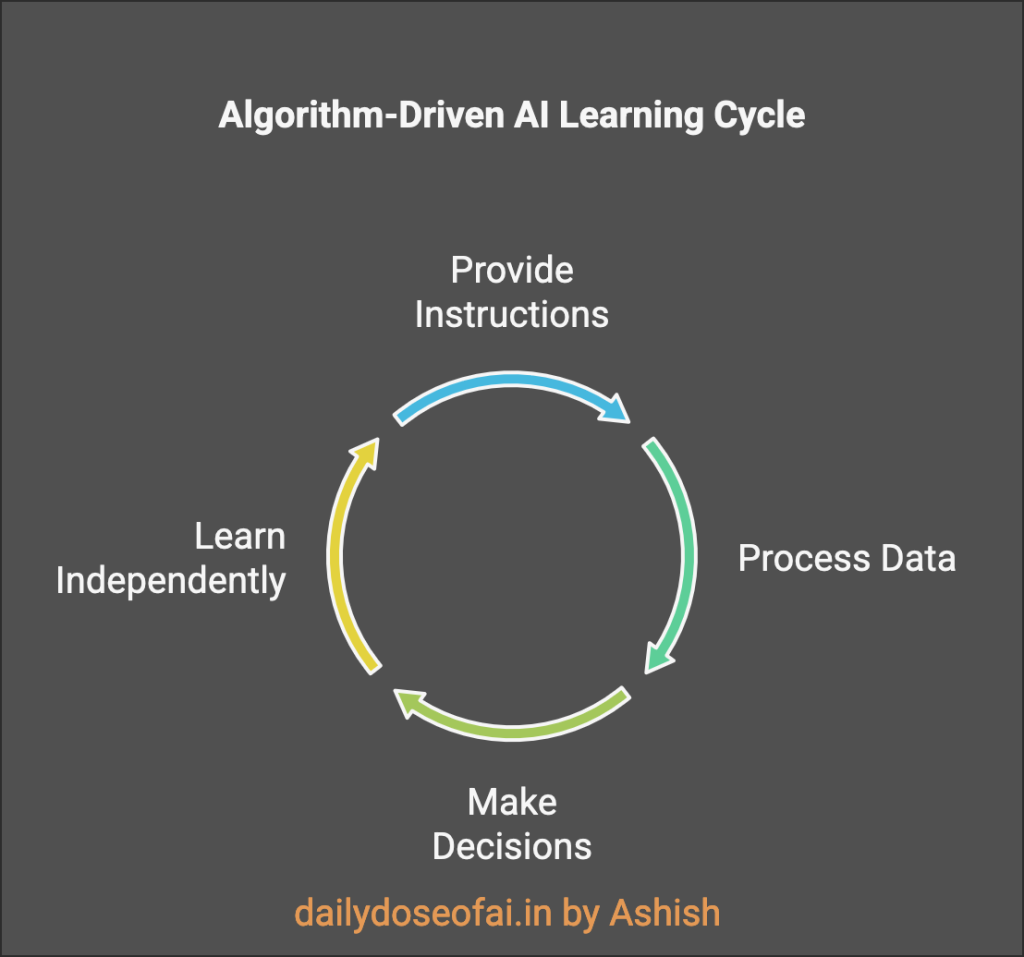
Understanding these basic terms is crucial for anyone interested in exploring the vast and dynamic field of artificial intelligence. Each term represents a building block that contributes to the development and application of AI technologies.


